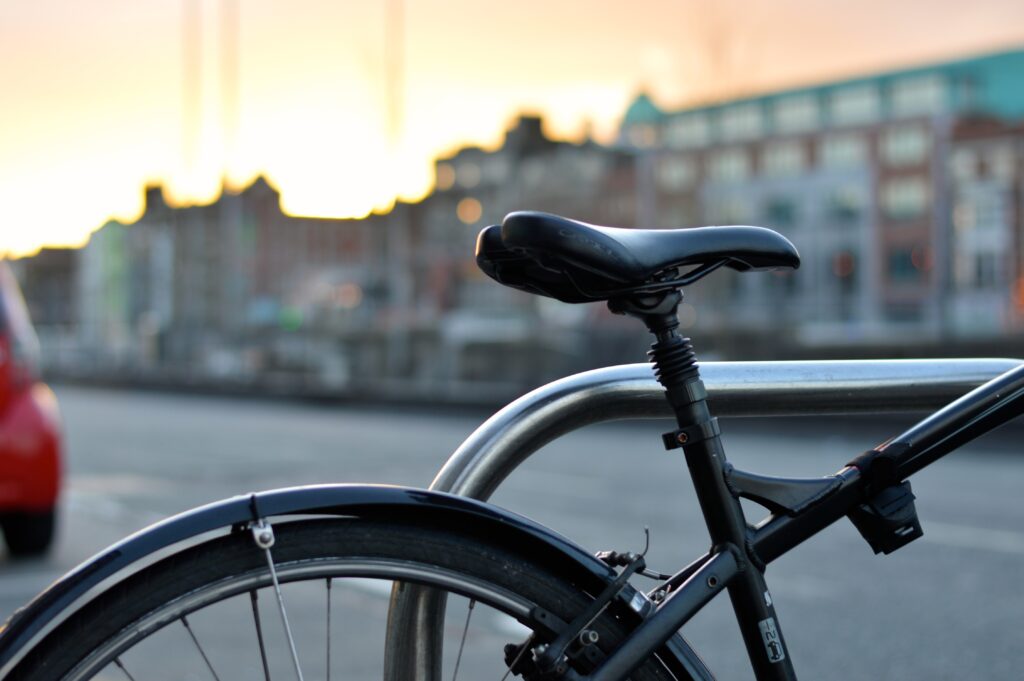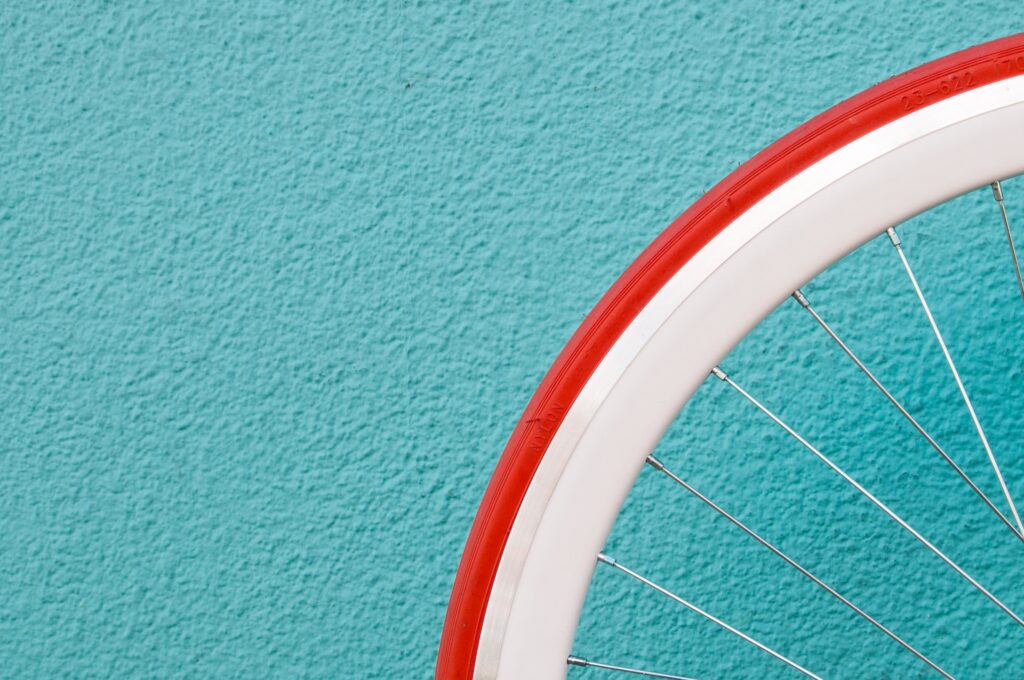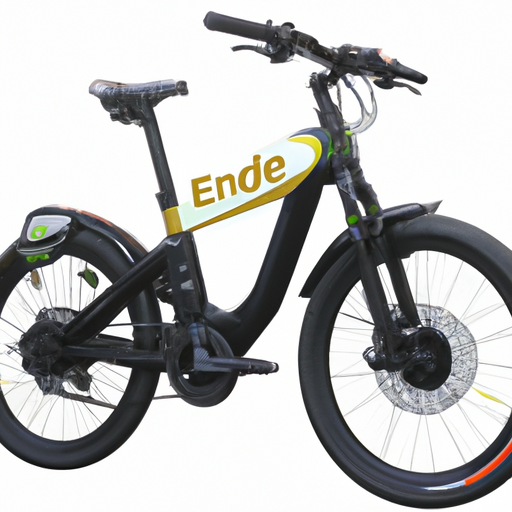So, you’ve just purchased your first e-bike and you’re eager to hit the road or trail. But before you take off, it’s important to be prepared. In this beginner’s checklist, we’ll go over some essentials that you should carry on your first e-bike ride. Whether you’re planning a short commute or a longer adventure, having these items with you will help ensure a safe and enjoyable experience. From basic tools and spare parts to protective gear and navigation aids, let’s make sure you have everything you need to make the most of your new electric bike.
Safety Gear
Helmet
A helmet is one of the most important safety gear items for any cyclist. It protects your head in case of a fall or collision, reducing the risk of serious head injuries. Make sure to choose a properly fitting helmet that meets safety standards.
Gloves
Cycling gloves provide comfort and protection during your ride. They help absorb vibrations from the handlebars, reduce fatigue, and prevent blisters. Additionally, gloves offer an added layer of protection in case of a fall.
Protective Eyewear
Protective eyewear, such as cycling sunglasses or clear glasses, shields your eyes from debris, wind, and harmful UV rays. It improves visibility, reduces glare, and prevents eye strain, enhancing your overall safety on the road or trail.
Reflective Clothing
Wearing reflective clothing increases your visibility to motorists, especially in low-light conditions. This can significantly reduce the risk of accidents. Consider investing in a reflective vest, jacket, or accessories to make yourself more visible to others.
Knee and Elbow Pads
For additional protection, especially during off-road rides or mountain biking, knee and elbow pads can help prevent injuries in case of falls or collisions. These pads provide cushioning and absorb impact, shielding your joints and minimizing the risk of scrapes and bruises.
Navigation Tools
Map or GPS Device
Carrying a map or GPS device is essential to avoid getting lost during your ride. Maps provide a visual overview of the area, while GPS devices offer turn-by-turn directions and real-time location tracking. Ensure you familiarize yourself with the routes before setting off.
Phone with Navigation App
If you prefer a more convenient and versatile option, using a navigation app on your smartphone is an excellent choice. Many apps offer accurate maps, route planning, and even voice navigation. Just remember to secure your phone safely on your bike, either with a mount or in a secure pocket.
Bike Computer
A bike computer is a great tool for tracking and analyzing your ride. It provides essential information such as speed, distance, time, and even heart rate. This data can help you set goals, monitor progress, and make your rides more efficient and enjoyable.

Repair and Maintenance
Spare Inner Tube
Flat tires are a common occurrence when cycling. Carrying a spare inner tube allows you to quickly replace a punctured tube and get back on the road. Make sure to carry the appropriate size for your bike and know how to change a tube.
Pump or CO2 Inflator
Inflating your tires is crucial for optimal performance and safety. A portable pump or CO2 inflator enables you to inflate your tires to the recommended pressure on the go. Familiarize yourself with how to use them before your ride.
Tire Levers
When changing a tire or fixing a flat, tire levers are essential for removing the tire from the rim. They provide leverage and make the process much easier. Always carry at least two tire levers to ensure a smooth tire repair process.
Multi-Tool
A multi-tool is a compact and versatile tool that includes various functions such as Allen wrenches, screwdrivers, and chain tools. It can help you make minor adjustments and repairs during your ride. Choose a multi-tool with the necessary functions for your bike.
Chain Lubricant
Keeping your bike chain well-lubricated is vital for smooth and efficient gear shifting. Carry a small bottle of chain lubricant to ensure your chain remains well-maintained throughout your ride. Apply lubricant regularly, especially after riding in wet or dusty conditions.
Patch Kit
A patch kit is invaluable for repairing small punctures in your inner tube. It typically includes patches, adhesive, and sandpaper for preparing the tube. Knowing how to use a patch kit can save you from having to use a spare inner tube every time you encounter a small puncture.
Water and Snacks
Water Bottle
Staying hydrated is crucial, especially during longer rides or in hot weather. Carry a water bottle with you and make sure it is easily accessible. Consider an insulated water bottle to keep your drink cool for longer periods.
Energy Bars or Snacks
Fueling your body during a ride is important to maintain energy levels. Pack energy bars or snacks that are easy to eat on the go and provide a good balance of carbohydrates, protein, and healthy fats. Choose snacks that won’t easily melt or get crushed.

First Aid Kit
Bandages and Gauze
A basic first aid kit should contain bandages and gauze pads to treat minor cuts, scrapes, or abrasions. These items can help stop bleeding and protect wounds from infection.
Antiseptic Wipes
Antiseptic wipes or cleansing solutions are essential for cleaning wounds before applying bandages. They help eliminate bacteria and reduce the risk of infection. Carry a few wipes or a small bottle of antiseptic liquid.
Pain Relievers
In case of minor injuries or discomfort, carrying pain relievers such as ibuprofen or acetaminophen can provide temporary relief. Remember to follow the recommended dosage instructions.
Adhesive Tape
Adhesive tape is useful for securing bandages or immobilizing injured joints. It provides extra support and can help prevent further injury. Carry a small roll of adhesive tape in your first aid kit.
Essential Documents
Identification
Always carry a form of identification with you when riding your e-bike. It can be your driver’s license, passport, or any other government-issued identification card. This helps in case of emergencies or if you need assistance from law enforcement.
Emergency Contact Information
Having your emergency contact information readily available is crucial. Write down the contact details of someone who can be reached in case of an emergency and store it somewhere easily accessible, such as your wallet or phone case.
Health Insurance Card
Carrying your health insurance card is important, as it provides necessary information in case of medical emergencies. Make sure you have it with you during your rides.
Cash or Credit Card
Carry some cash or a credit card for unexpected expenses or emergencies. It can be useful for buying snacks, water, or even transportation if needed. Keep it secure in a waterproof and easily accessible pocket.

Clothing and Accessories
Comfortable Biking Clothes
Wearing comfortable clothing specifically designed for cycling can enhance your riding experience. Opt for breathable materials that wick away moisture, providing comfort and preventing chafing. Consider padded cycling shorts for additional comfort during long rides.
Cycling Shoes or Sneakers
Choosing the right footwear is essential for efficient and comfortable pedaling. Cycling shoes with clipless pedals provide better power transfer and stability. If you prefer regular sneakers, make sure they have a good grip and are comfortable for pedaling.
Rain Jacket
Weather conditions can change unexpectedly, so it’s wise to carry a lightweight, waterproof rain jacket. This will protect you from rain and wind, ensuring your ride remains enjoyable even in unfavorable weather.
Sunglasses
Investing in a good pair of sunglasses designed for cycling provides protection from the sun’s UV rays, reduces glare, and shields your eyes from debris. Look for sunglasses that offer a comfortable fit and have lenses suitable for different lighting conditions.
Backpack or Panniers
Carrying a backpack or using panniers (bags attached to your bike) allows you to conveniently carry your belongings during your ride. Choose a backpack or panniers with adjustable straps, padded back panels, and waterproof materials for added comfort and protection.
Tools
Bike Lock
A reliable bike lock is essential to secure your e-bike whenever you need to leave it unattended. Look for a sturdy lock that cannot be easily cut or picked, and learn how to lock your bike properly to ensure maximum security.
Bike Lights
Bike lights are crucial for visibility, especially when riding at dawn, dusk, or during nighttime. Attach a front light to illuminate your path and a rear light to make yourself visible to others. Opt for lights with multiple brightness settings and long battery life.
Bell or Horn
A bell or horn is an effective way to alert pedestrians and other cyclists of your presence, especially in congested areas or when passing on narrow paths. Use it politely to avoid collisions and create a safer riding environment.
Mirror
Attaching a mirror to your e-bike’s handlebars or helmet allows you to monitor traffic behind you without turning your head. This improves situational awareness and enhances your safety by helping you make informed decisions on the road.
Reflective Tape
Applying reflective tape to your e-bike or helmet increases your visibility to motorists, particularly at night. It reflects light and makes you more noticeable from various angles, reducing the risk of accidents. Place reflective tape on your bike frame, pedals, and other areas for maximum visibility.

Emergency Preparedness
Phone Charger or Power Bank
Carrying a phone charger or power bank ensures that you always have enough battery life in case of emergencies or if you need to use your phone for navigation. Make sure your charger or power bank is compatible with your phone.
Emergency Whistle
An emergency whistle is a simple but effective tool to alert others in case of an emergency or if you need assistance. It can attract attention and help rescuers locate you more easily.
Emergency Blanket
An emergency blanket, also known as a space blanket, provides insulation, reflectivity, and warmth in emergency situations. It can be crucial in case you need to stay warm or protect yourself from extreme weather conditions.
Multi-Purpose Tool
A multi-purpose tool, such as a Swiss army knife or a multi-tool with various functions, can be handy for a wide range of situations. It can help you fix minor mechanical issues, open packages, or perform various tasks during your ride.
Personal Care Items
Sunscreen
Protecting your skin from harmful UV rays is important, even while riding. Apply sunscreen with a high SPF to exposed areas of your skin before every ride. Reapply regularly, especially if you are sweating or riding for extended periods.
Bug Spray
During warm seasons or in certain environments, insects can be a nuisance. Applying bug spray or using mosquito repellent can help prevent insect bites and make your ride more enjoyable.
Hand Sanitizer
Maintaining proper hygiene is crucial, particularly before eating or treating minor injuries. Carry a small bottle of hand sanitizer to clean your hands when soap and water are not readily available.
Tissues or Wet Wipes
Having tissues or wet wipes handy can help you clean your hands, face, or equipment during your ride. They can also be useful for wiping away sweat or cleaning up minor spills or stains. Keep them in a waterproof bag to ensure they stay clean and dry.
Carrying the right gear and essentials on your first e-bike ride can greatly enhance your overall experience and ensure your safety on the road or trail. By following this comprehensive checklist, you’ll be well-prepared for any situation that may arise. Remember, it’s always better to be over-prepared than under-prepared when it comes to your safety and enjoyment while riding your e-bike. Happy cycling!




